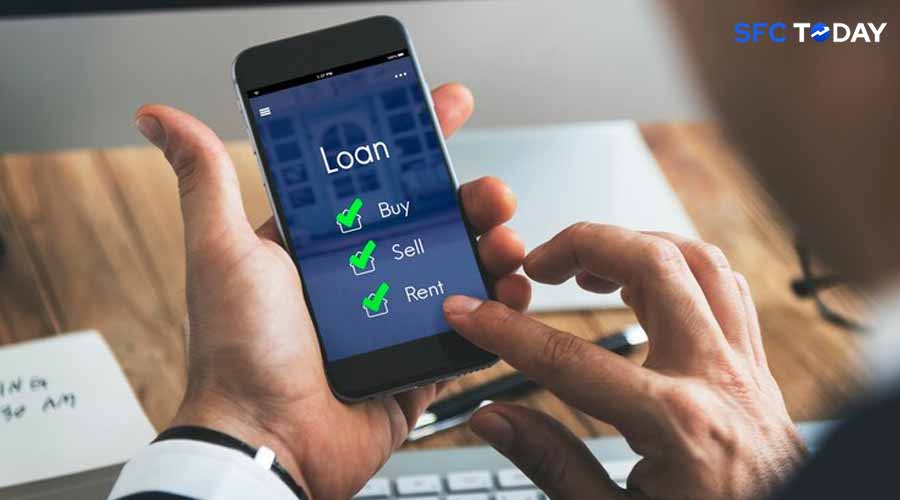Tips for New Users: Navigating Flash Loans in DeFi
Introduction
Flash loans are one of the major innovations within the space of decentralized finance, DeFi, offering an instant lending opportunity to a user based on no collateral. However, the idea may appear unusual, and it seems strange that such borrowing can provide unique opportunities to traders as well as developers within the DeFi system. Therefore, it is necessary to understand both sides regarding the benefits and downsides of flash loans. The article will outline the introduction to flash loans – what they are, the advantages and risks of their usage, and some real-life examples in DeFi.
What Are Flash Loans
Flash loans are loans offered in DeFi platforms which allow the borrower to borrow any amount of cryptocurrency no matter what it is, without offering any collateral but the catch there is that the loan needs to be borrowed and then repaid in the same blockchain transaction. If the loan borrower cannot repay the same loan in that single blockchain transaction, then the process will simply reverse and that will be the end, neither of them losing any funds.
Flash loans, which came from DeFi protocols such as Aave and dYdX. These are mainly used as arbitrage, collateral swapping, or liquidations to create instant liquidity for traders as well as developers in applying for a wide range of applications.
How Flash Loans Work in DeFi
Flash loans are based on smart contracts. A smart contract will carry out the loan but will ensure that the amounts borrowed are paid back in one transaction. In case the amount is not repaid within the transaction, the transaction will be reversed, and so the lenders are never at the risk of losing funds.
This mechanism has made flash loans an attractive option in the world of decentralized finance, where speed and security are paramount.
Benefits of Flash Loans
Flash loans offer numerous benefits for users in the DeFi space, particularly when executed correctly. These include:
- No Collateral Needed: Flash loans do not require collateral; hence, they are available to more people. One need not lock assets in place to get a loan; this reduces the barrier of entry very significantly.
- Instant Execution- Since the flash loans need to be taken and returned within one transaction they offer instant liquidity- which happens to be valuable in terms of arbitraging price discrepancies between one exchange to another where getting it within time is most important in generating a positive return.
- Capital Efficiency: With flash loans, users borrow a high amount of capital for a short period of time to complete transactions they might not have otherwise. It is capital efficiency at its best for traders who are seeking to maximize their earnings in the very shortest of periods.
- Automated Process: Fully automated and secure, the usage of smart contracts means the flash loan. No one can default, the loan is guaranteed to the lender through the blockchain’s system of transactions.
The risk with Flash Loans
Despite so many advantages, there exist various risks associated with the facility of flash loans. Mostly, these risks occur in the form of their intricacy and the swift process followed in DeFi. Given below are some of the considerable risks:
- Flash Loan Attacks: Recently, flash loan attacks have increased with malicious actors abusing smart contract vulnerabilities. Attackers use flash loans to manipulate market prices or maliciously attack very poorly coded protocols, thus suffering a great loss of funds for the protocol or the users involved.
- Market Volatility: A flash loan trade is successful only if market conditions allow it. The arbitrage trades may fail or sometimes loss results in the case of volatile markets or unexpected changes in market prices.
- Technical Limitations: To execute a flash loan, a user must be knowledgeable about the DeFi protocols, smart contracts, and blockchain transactions. A user who is unknown to any of these technical aspects may find it extremely challenging to execute a flash loan.
- High Transaction Fees: The gas fees on Ethereum can spike during times of congestion, making the transaction cost much higher for a flash loan. High fees may make a trade or arbitrage less profitable.
Notable Flash Loan Use Cases
Flash loans have numerous use cases in the DeFi ecosystem. Some of the notable ones include:
- Arbitrage: Flash loans allow traders to exploit the difference in price between decentralized exchanges. Through borrowing, they can acquire assets quickly and sell them on another platform, earning the difference in price within the same transaction.
- Collateral Swaps: With flash loans, users can swap their collateral for another asset without losing their position. This is very useful for users who do not want to get liquidated in case of a market crash.
- Liquidations: Flash loans can be used to pay off a loan or liquidate a position in another protocol. Thus, the users maintain liquidity or take advantage of movements in the market.
Conclusion
Flash loans have become something of a powerful tool on the decentralized finance front, bringing unparalleled liquidity with capital efficiency. Risks are inherent to all of these, however-like flash loan attacks and higher technical complexity, accordingly, are best suited to the more experienced trader as well as developer, accustomed to the subtlety of DeFi.
With time, as the DeFi landscape matures, flash loans are more likely to be an integral component of DeFi protocols with better security measures in place to mitigate potential risks. Therefore, regardless of whether you are interested in arbitraging opportunities or swapping between collateral, it is going to be crucial to understand the nature of benefits and risks through flash loans as you move into the decentralized finance world.







